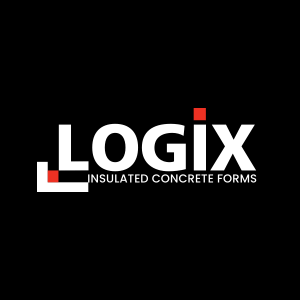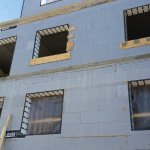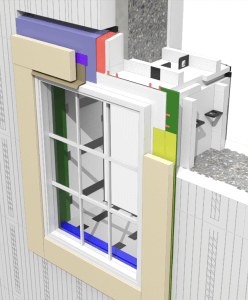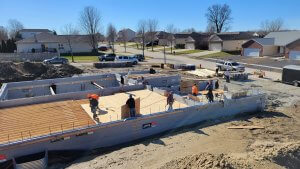Logix Brands Ltd. has just published new Logix ICF engineering for Canada and the USA to reflect the new design and building code requirements in the US and Canada.
The main benefit of this new engineering is that it now addresses a number of common issues typically faced, particularly in Canada.
The new US version has fewer changes and is more similar to its previous version but with updated values, mainly because the US building code covers ICFs in much more detail than the Canadian building code. However, we are working on adding footing dowels to the US engineering and will include that once it is completed.
The new Canadian Engineering now has the following information:
- Shear walls
- Concentrated point loads on walls
- Stair openings
- Laterally unsupported foundation walls
- Wood ledger connections
- Strip footings
- Addresses openings less than 4ft from corners
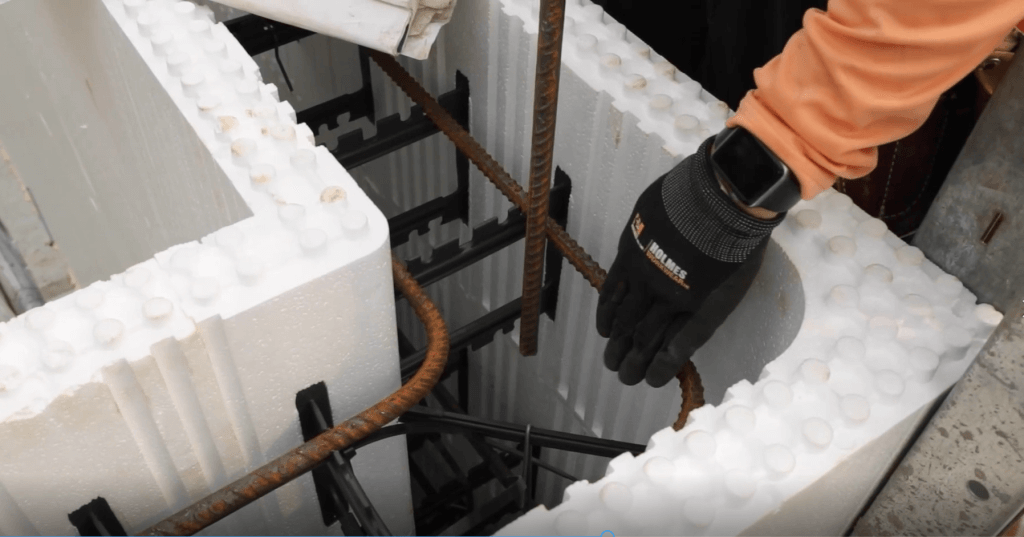
Update on the Logix One Minute Engineer
Unfortunately, effective immediately, the Logix One Minute Engineer app will not be available until it has been updated with this new engineering.
Once updated the Logix One Minute Engineer will be released as a convenient web-based app on LogixICF.com that will be compatible for use on all devices. It will not be released as a downloadable app.
We apologize for any inconvenience that is incurred in the interim. In the meantime, please download our prescriptive engineering tables here.
Driving Sustainable Manufacturing: The Success Story of Modix USA’s Net-Zero Energy Plant
Let’s delve into the key facts behind the incredible new Modix plant build located in Kaukauna, WI. Modix USA, spearheaded by Sebastien Schmidt, has emerged
RBC® Green Home Mortgage: A Potential Game-Changer for Canadian Home Builders
Canadian home builders, we’d like to introduce you to the RBC® Green Home Mortgage program. This initiative is tailor-made for the sale of energy-efficient homes, offering
Do Building Codes Require ICF Installers To Be Certified? The Answer is NO and Here’s Why.
Hello, builders, contractors and building officials! In some municipalities there is some question as to if an ICF installer requires a certification (sometimes referred to
